Dogs have been known as our best friends for centuries, and their loyalty and protective nature have made them a popular choice for guarding homes, farms, and businesses. However, not all dog breeds are created equal regarding guarding. Some are natural protectors intending to defend their territory, while others may be too laid-back or friendly to deter intruders.
This comprehensive guide will explore the best and worst guard dog breeds based on their temperament, intelligence, size, strength, and other factors that make them effective watchdogs or lazy companions.
Whether you’re looking for a fierce protector or a loyal companion who can keep your property safe from burglars or predators, this guide will help you choose the breed that matches your needs and lifestyle.
The Best Guarding Dog Breeds: Why They Make Good Watchdogs and Their Personalities
When choosing a dog for protection, several breeds stand out. These dogs have been bred specifically for guarding and protecting their owners, making them an excellent choice for anyone looking for a loyal and reliable companion.
Here is a list of best-guarding dog breeds:
German Shepherd

German Shepherd: German Shepherds are one of the world’s most popular guard dog breeds that originated in Germany in the late 19th century. With a bite force of 238 psi (pounds per square inch), they can easily remove intruders if necessary. They are highly intelligent, obedient, and fiercely protective of their family.
These dogs weigh between 50-90 pounds on average and live up to 13 years with proper care. They require regular exercise and training to keep their minds and bodies healthy.
Rottweiler
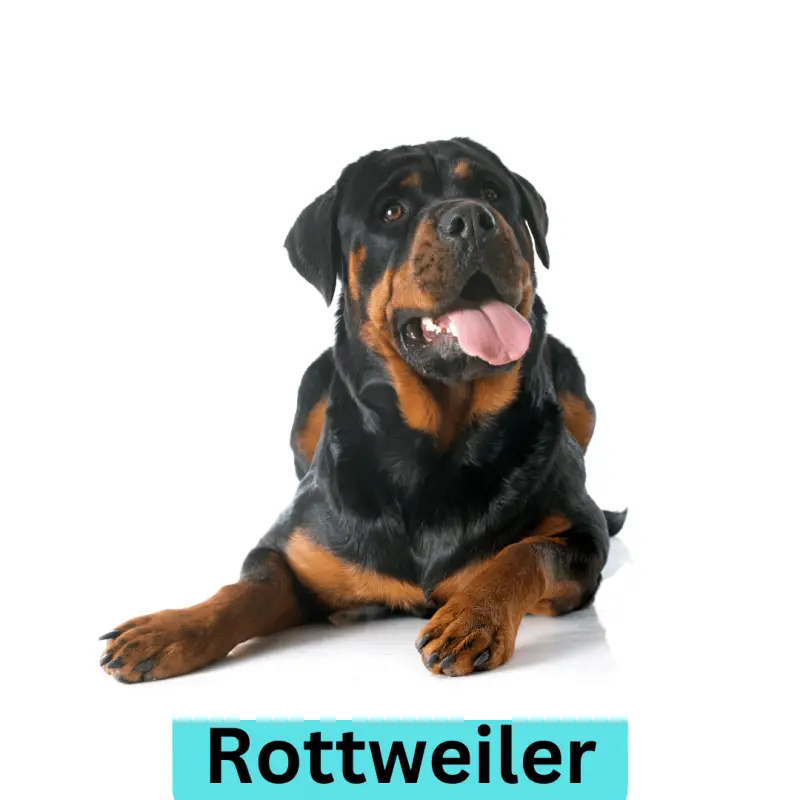
Rottweiler: Rottweilers are another breed known for their guarding abilities. They have an intimidating appearance but can be gentle giants when appropriately trained from a young age.
With a bite force of around 328 psi, these dogs mean business when protecting their owners! On average, they weigh between 80-135 pounds and can live up to ten years or more with good healthcare practices.
Dobermann
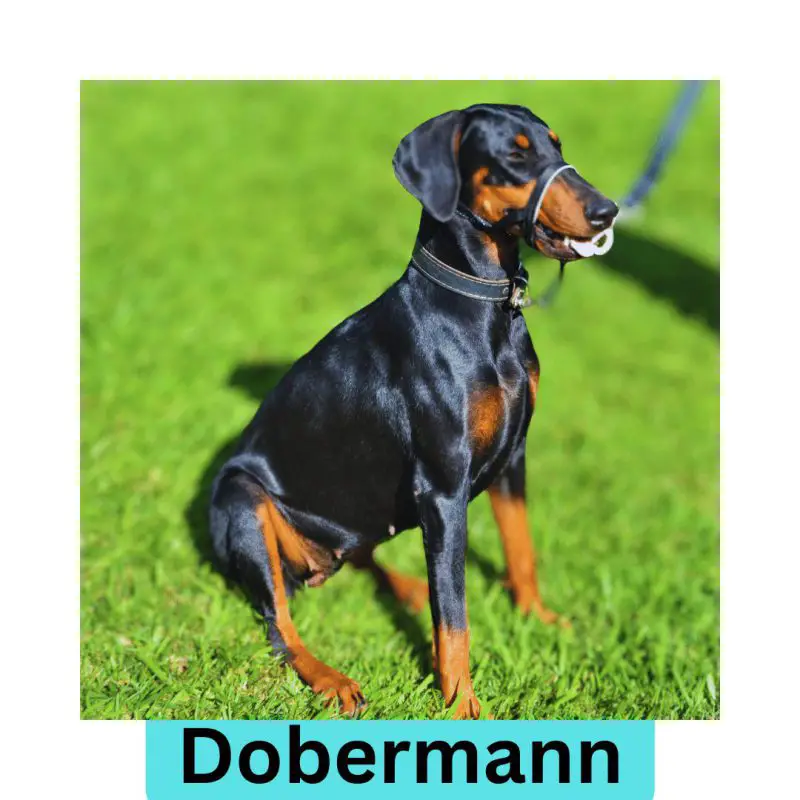
Dobermann: Dobermanns were initially bred as personal protectors by Karl Friedrich Louis Dobermann in Germany during the late nineteenth century; hence its name after him. With an impressive bite force reaching upwards of over 245 psi, these muscular creatures weighing about 60-100 pounds will not hesitate while defending you against any possible threat! Dobermanns make excellent watchdogs due to their intelligence level, which is higher than other working-class breeds. They also possess high energy levels, making them ideal companions while exercising.
On average, a healthy Dobermann lives up to thirteen years before crossing the rainbow bridge. These dogs must undergo strict training protocols because they tend to be aggressive without proper socialisation from puppyhood. This means this breed requires a dedicated time investment to prevent unwanted behaviour.
Bullmastiff

Bullmastiff: The Bullmastiff is a powerful breed created to guard estates in England during the 19th century. They are known for their size and strength, weighing 100-130 pounds on average.
With a bite force of around 556 psi, they have one of the strongest bites among all dog breeds! These dogs can live up to ten years with proper care and make excellent family pets and protectors.
Boxer
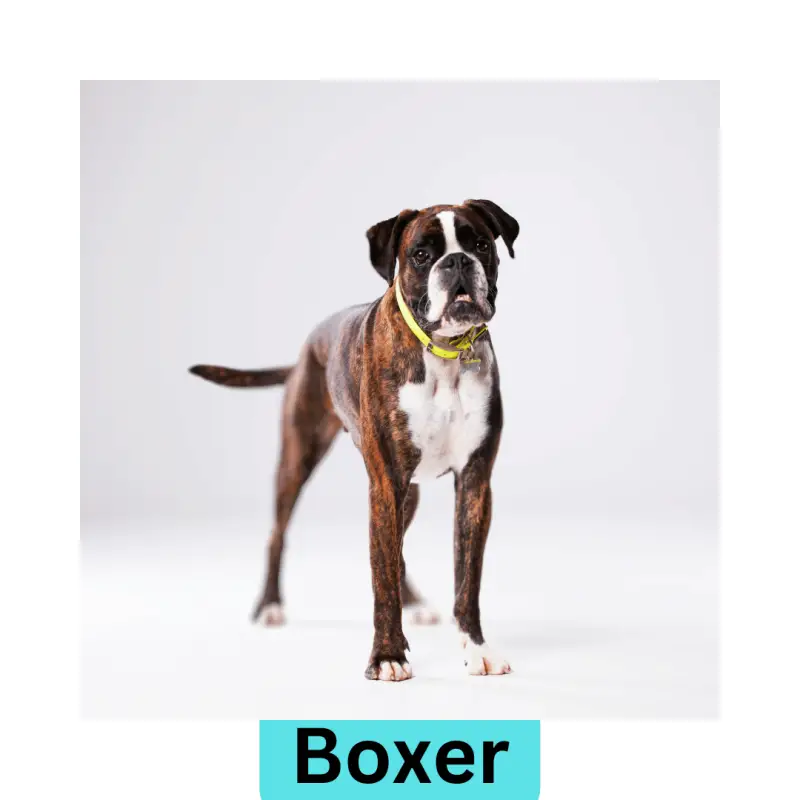
Boxer: Boxers are another popular choice for people looking for a guarding dog breed. With an impressive bite force reaching upwards of over 230 PSI, these muscular creatures weighing about 50-70 pounds will not hesitate while defending you against any possible threat! They possess high energy levels making them fun-loving companions. Boxers are also playful, which makes them ideal choices if you have young children.
This breed demands a significant time investment to avoid undesirable behaviour. Typically, a boxer in good health will live for around thirteen years before passing away. However, due to their tendency towards aggression without proper socialisation from an early age, these dogs require strict training protocols.
Regarding personality traits, these breeds share many common attributes, such as loyalty, courage and intelligence. However, each breed has its own unique temperament characteristics.
Overall, the breeds mentioned above make excellent guard dogs, but it is essential to remember that owning one comes with responsibility. Their protection instincts require careful handling, and early socialisation is vital in ensuring your pet grows into an obedient, loyal protector.
The Worst Guarding Dog Breeds: Why They Won’t Make Good Watchdogs and Their Personalities
When choosing a guard dog, certain breeds immediately come to mind. Breeds like German Shepherds, Rottweilers and Dobermans have long been associated with being excellent protectors of their owners and homes. However, not all dogs were created equal in this regard.
Some breeds lack the qualities or temperament to be effective guard dogs. These breeds may even make terrible choices for guarding purposes due to their natural tendencies and personalities.
Here is a list of worst guarding dog breeds:
Beagle
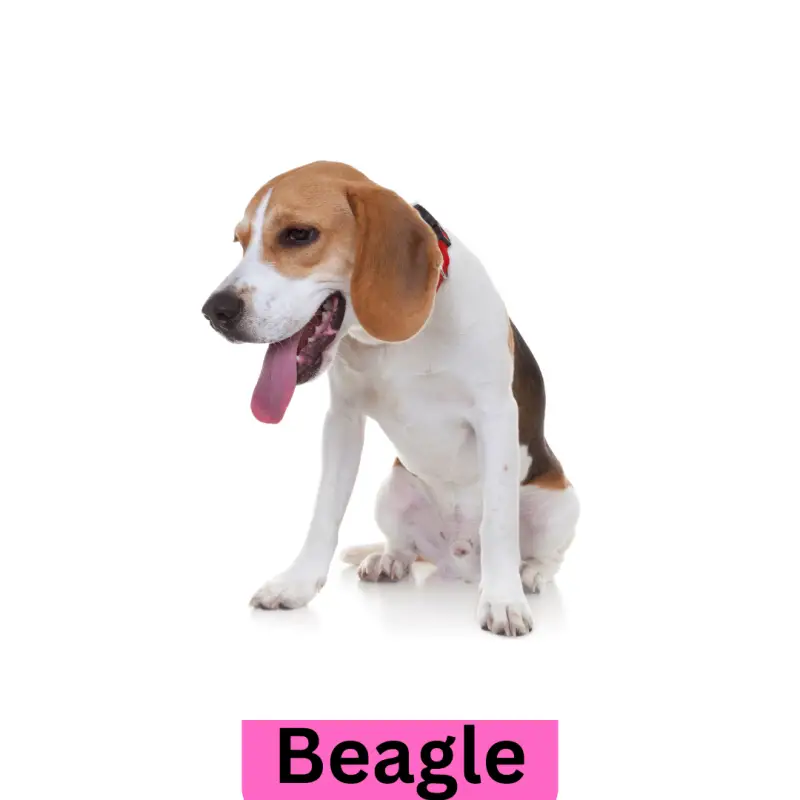
Beagle: While Beagles are known for their friendly nature and loveable personality, they lack the physical stature required for protection work. They also tend to be easily distracted by scents, making them poor watchdogs.
The Beagle is a small hound dog breed that originated in England in the 1500s. They were initially bred for hunting small game such as rabbits and hares, and their keen sense of smell made them excellent trackers.
The modern Beagle we know today was developed in the mid-1800s by crossing several different breeds, including the Talbot Hound, North Country Beagle, Southern Hound, and Harrier.
Basset Hound
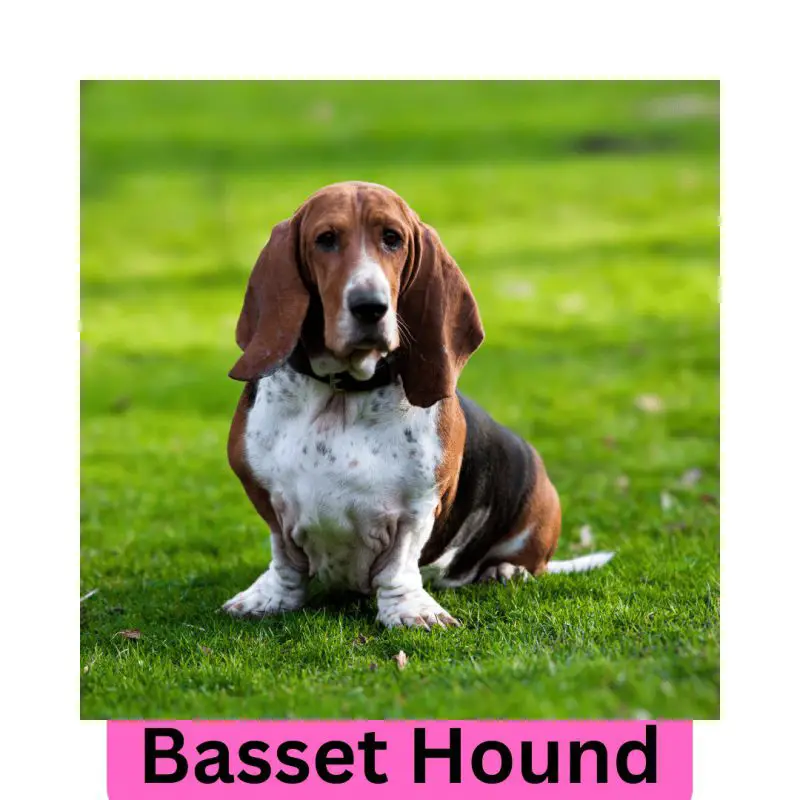
Basset Hound: Like Beagles, Basset Hounds are only somewhat built for protection work. Their short legs and slow movements mean they can’t chase down intruders quickly enough if needed.
The Basset Hound is a French breed developed in the 16th century for hunting small game, particularly rabbits. The word “basset” comes from the French word “bas,” which means low or short, referring to their distinctive short legs and long body.
The breed became popular in England during the 19th century when it was imported for foxhunting. However, their slow pace made them unsuitable for this sport, and they were instead used for hunting hares on foot.
Golden Retriever
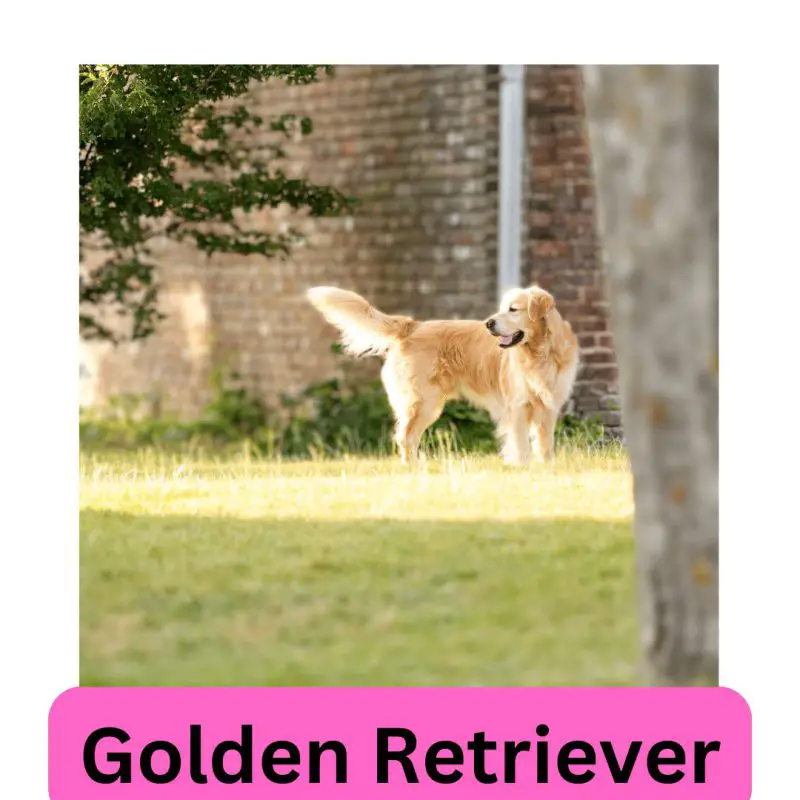
Golden Retriever: These are among the most popular family pets due to their gentle nature. Unfortunately, this means they’re too friendly towards strangers, making them unsuitable as guard dogs.
The Golden Retriever dog breed was first developed in Scotland during the mid-19th century. They were bred to be excellent hunting dogs, specifically for retrieving game birds from water and land. The original breeding stock included a variety of breeds such as the Tweed Water Spaniel, Irish Setter, Bloodhound, and St. John’s Water Dog.
Bulldog
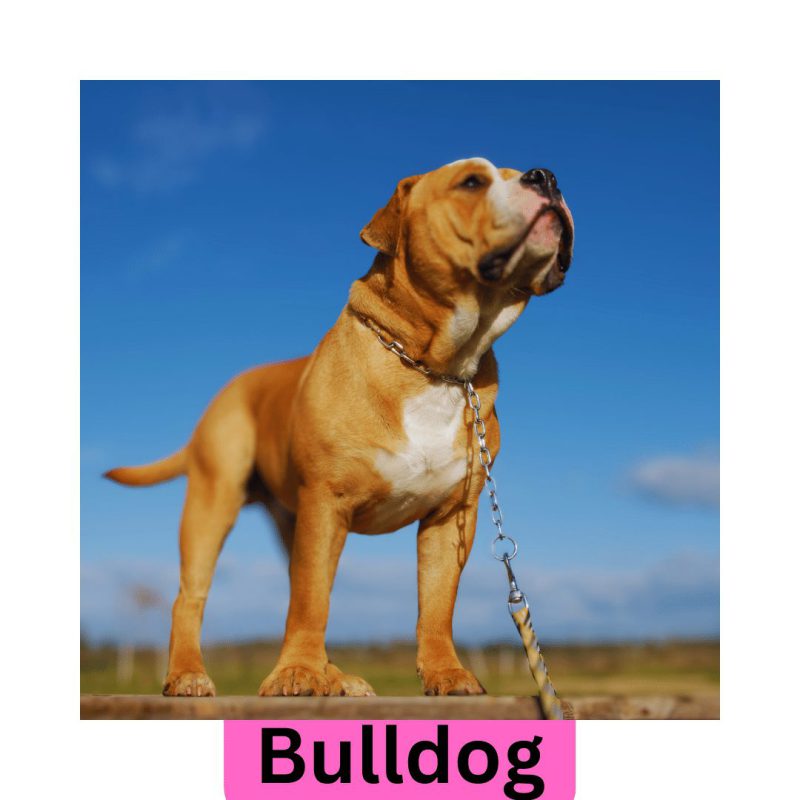
Bulldog: Despite its muscular build and robust appearance, bulldogs don’t have an aggressive bone in their body! They’re just big softies at heart so they won’t scare any potential burglars away!
The bulldog breed originated in England during the 16th century, where they were used for bull-baiting. The sport involved setting a dog against a bull and betting on how long the dog could hold onto the bull’s nose. In 1835, this cruel practice was banned by law, and breeders began to focus on creating a more docile companion animal.
Bulldogs gained popularity as pets in England and eventually made their way to other countries like America. Over time, the bulldog became known for its friendly and loyal temperament. They were also bred to have a distinctive appearance with their wrinkled faces, short snouts, and stocky bodies.
Chihuahua
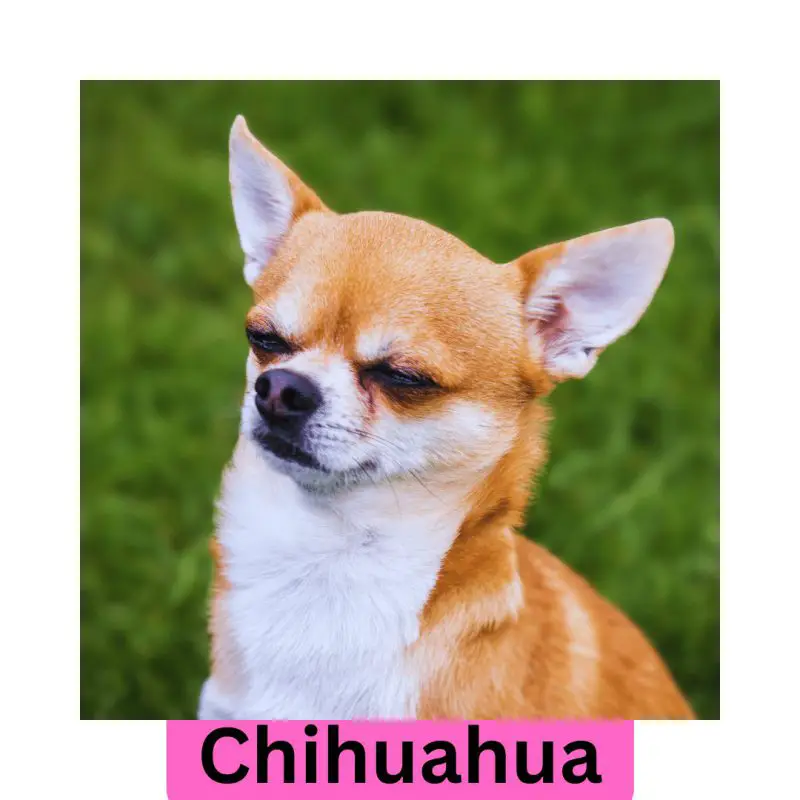
Chihuahua: Although tiny in size, chihuahuas often think they’re much bigger than they are; however, when faced with danger, they usually run away rather than confront it head-on – hardly ideal traits of a good watch or guard dog!
The Chihuahua is believed to have originated in Mexico, specifically the state of Chihuahua. It is considered a descendant of the Techichi, a small dog breed kept by the ancient Toltec civilisation. The Aztecs later adopted the breed and became popular among royalty.
The Chihuahua remains one of the most popular breeds in America and worldwide. It is known for its tiny size, big personality, and loyal nature.
Greyhound

Greyhound: These beautiful racing hounds may look sleek & fast but ultimately aren’t suited as guard dogs. Although swift runners could catch up with intruders fast, Greyhounds prefer lazing around on a sofa than protecting their owners.
The Greyhound is an ancient breed of dog that can be traced back to ancient Egypt, where they were often depicted in art and used for hunting. They were also popular among the nobility in Europe during the Middle Ages, where they were used for hunting game such as deer, hare, and fox.
In the 16th century, Greyhounds became popular in England and were bred specifically for racing. The first official Greyhound race was held in Hendon, London, in 1876. From there on out, Greyhound racing became a popular pastime throughout England and eventually spread to other parts of the world.
Today, while still used for racing in some countries like Ireland and Australia, many Greyhounds are kept as pets due to their gentle nature and affectionate personalities.
Siberian Husky
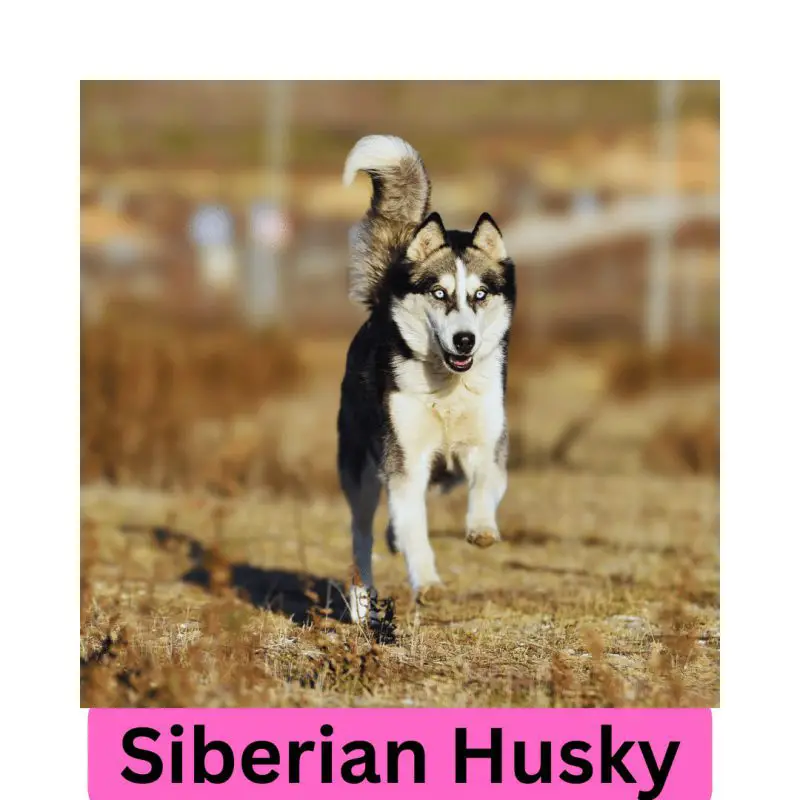
Siberian Husky: Huskies are known for their friendly and pleasant nature. They are not aggressive and are likelier to greet strangers with a wagging tail than to bark or growl at them. Huskies are not territorial dogs, which means they don’t have a strong instinct to protect their home or family. They are more likely to welcome strangers into their homes than to defend them.
The Siberian Husky is a breed of dog that originated in the northeastern region of Siberia. They were bred by the Chukchi people, who used them as sledge dogs for transportation and hunting.
Choosing the right breed is crucial if you’re looking for a guard dog. Dogs like Beagles and Basset Hounds are better suited as family pets. At the same time, breeds like German Shepherds and Rottweilers have been produced specifically for protection work due to their physical abilities & protective instincts. It’s essential to research each breed thoroughly before making any decisions about bringing them into your home so that you can find one that suits both your lifestyle and security needs.
| Dog Breed | Bite Force (PSI) |
|---|---|
| Kangal | 743 |
| English Mastiff | 556 |
| Rottweiler | 328 |
| American Pit Bull Terrier | 235 |
| Dobermann | 245 |
| Siberian Husky | 320 |
| Boxer | 230 |
| German Shepherd | 238 |
Note: The bite force of a dog can vary depending on several factors, such as age, size, and individual temperament. These values are approximate estimates based on various studies and research.
Psi stands for pounds per square inch and is a unit of pressure. In the context of the bite force of a dog, psi refers to the amount of pressure exerted by a dog’s jaw when biting down on an object or prey. The higher the psi, the stronger the bite force.
Top 10 Most Cuddly Dog Breeds for Snuggling and Affection
- Cavalier King Charles Spaniel
- Bichon Frise
- Pomeranian
- Shih Tzu
- Yorkshire Terrier
- Maltese
- Havanese
- Golden Retriever
- Labrador Retriever
- Bernese Mountain Dog
It’s important to remember that each dog has a unique personality and preferences regarding physical affection. However, some breeds are known to be more independent and less affectionate than others, such as the Basenji or the Shar Pei.
Conclusion
Choosing a guard dog breed requires careful consideration of your needs and lifestyle. While some breeds may be better suited for protection, others may require less training and upkeep. It is important to remember that even the best guard dogs need proper socialisation and training to ensure they are well-behaved around people and other animals. Ultimately, the key to a successful relationship with your guard dog is providing them love, attention, and consistent training.
